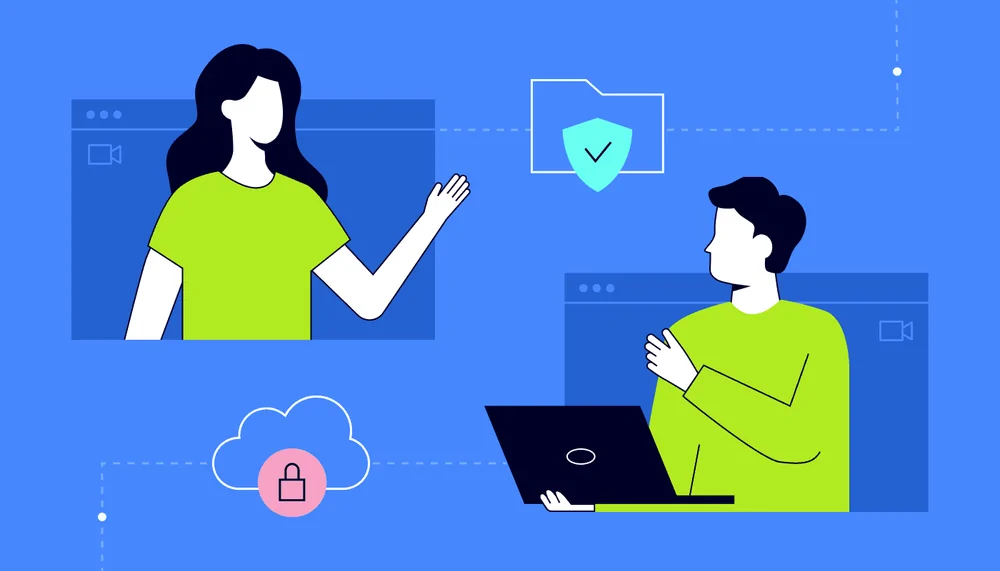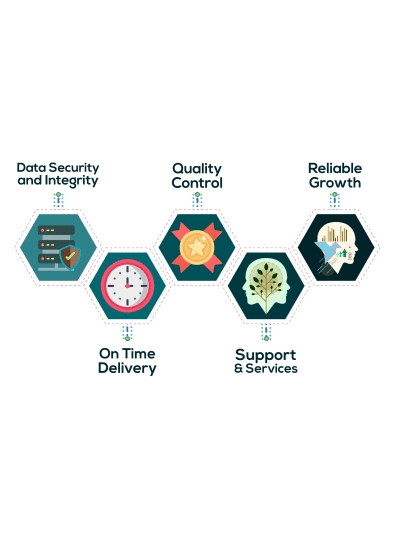
Essential Security Practices for Managing Remote Computers
Remote computer management has become a cornerstone of modern IT operations. As workforces spread across different locations and hybrid work models become standard practice, the ability to securely access and control distant systems is no longer optional. It’s essential. Organisations of all sizes rely on remote support capabilities to troubleshoot issues, perform maintenance, and provide assistance without physical presence.
Security concerns, however, have grown alongside this shift to remote management. Each connection to a distant system creates potential vulnerabilities that malicious actors could exploit. IT professionals must balance the convenience of remote access with strong protection measures that safeguard sensitive data and system integrity. This balancing act requires both technical knowledge and compliance with established security protocols.
Remote management systems keep changing as new tools and methods are introduced to address these challenges. From encryption standards to authentication techniques, the technical foundations supporting secure remote connections have progressed significantly in recent years. Learning about these main security practices has become a basic requirement for IT departments and support teams worldwide.
The Rising Security Threats in Remote IT Management
The shift to remote work has created new security challenges for IT teams. Remote management tools provide important remote IT support, but they can become entry points for attackers if not properly secured. Weak authentication systems, failure to encrypt connections, and outdated remote support software frequently expose organisations to unauthorised access and data compromise.
The consequences of security breaches through remote channels can be severe. Organisations face data loss, regulatory penalties, reputation damage, and operational disruption. A single compromised remote access credential can give attackers control over multiple systems across a network.
The threat situation keeps changing as attackers develop new methods to bypass security protocols. Credential theft often targets users through phishing emails or fake login pages. Man-in-the-middle attacks exploit unsecured encryption, allowing attackers to intercept sensitive session data between technicians and remote computers.
For example, incidents have involved IT support staff inadvertently sharing access credentials during troubleshooting, resulting in unauthorised access. Regular credential monitoring and updated encryption standards help prevent these breaches before attackers gain a foothold in remote management software.
Implementing Multi-Factor Authentication for Remote Access
Password-only authentication leaves remote management systems vulnerable to credential theft. Multi-factor authentication (MFA) bolsters security by requiring an additional verification step beyond passwords. For IT teams seeking a complete toolkit for remote IT assistance, MFA is now considered important protection against unauthorised access.
Several MFA methods work well in remote IT support environments. These include time-based one-time passwords, hardware security keys, biometric verification, and push notifications to mobile devices. Each method offers different levels of protection and usability for remote support scenarios.
When deploying MFA for remote management, organisations should consider compatibility with existing systems, user experience, and setup difficulty. The best solutions integrate with remote support platforms while providing suitable security levels without hindering productivity.
Biometric Authentication in Remote Support Environments
Biometric authentication offers strong security benefits for remote management. Current options include fingerprint scanning, facial recognition, voice identification, and behavioural biometrics. These methods are increasingly available on standard devices, making them practical for remote support scenarios.
Using biometrics for remote access presents unique challenges. These include ensuring consistent recognition across different devices and managing fallback authentication options. One solution involves using biometrics as one factor in a multi-factor approach.
Privacy requirements are important when using biometrics. Organisations must comply with data protection regulations and secure biometric templates. Many remote management software options now offer biometric integration that keeps sensitive data on the user’s device.
Securing Remote Sessions with End-to-End Encryption
End-to-end encryption protects data sent between the support technician’s device and the remote computer from interception or tampering. Even if a third party captures the communication, they cannot read or modify the data without the correct decryption keys, making this method vital for secure remote support sessions.
Cybersecurity specialists and industry standards recommend using strong encryption and current protocols for remote connections. Security standards like HIPAA and GDPR require compliance with specific protection requirements for technology solutions.
For proper encryption setup, IT teams should check that their remote management software uses up-to-date encryption standards and validates security certificates. Many tools display encryption status indicators during active sessions to confirm security levels.
For organisations in regulated industries such as healthcare or finance, encryption is not just good practice but a regulatory requirement. Remote access solutions must meet specific standards like HIPAA, PCI DSS, or GDPR to meet compliance requirements and avoid penalties.
Creating Effective Access Control Policies
The principle of least privilege helps keep remote management safe. This means each person only gets access to tasks needed for their job, nothing extra. For example, someone who updates software should not have permission to see all files or change security settings they don’t need for their work.
Role-based access control helps implement this principle by assigning permissions to job functions instead of individuals. Junior technicians might have view-only access to certain systems, while senior administrators can make configuration changes based on their responsibilities.
Session controls add another protection layer for remote IT support. These include automatic timeouts that disconnect inactive sessions, limits on session duration, and restrictions on concurrent connections. Such measures reduce risk when devices are left unattended during remote support activities.
Managing Unattended Access Securely
Unattended access brings unique security challenges since it allows connections to systems without an end-user present. This capability is useful for scheduled maintenance and background tasks but requires special security measures in any complete toolkit for remote IT assistance.
Rules for unattended access should include strict authentication requirements, detailed access logs, and clear policies. Organisations should maintain an inventory of systems configured for unattended access and regularly review this list to prevent unauthorized connections.
To prevent unauthorised persistent access, apply technical safeguards such as connection time limits, automatic session termination, and regular credential rotation. Some organisations also use approval workflows that require authorisation before unattended access is granted.
Incident Response Planning for Remote Access Breaches
Every organisation should develop a specific incident response plan for remote access security events. This plan should outline roles, responsibilities, communication channels, and procedures for handling suspected breaches in remote support environments.
Detection systems are important for finding unauthorised remote access attempts. These include login anomaly detection, geolocation monitoring, and behaviour analytics that flag unusual patterns. Many remote support platforms include these capabilities for better security.
When a breach is detected, containment actions should be applied quickly. These might include disconnecting affected systems, revoking compromised credentials, and blocking suspicious IP addresses to limit harm to remote IT infrastructure.
Recovery steps following a remote access incident should address both technical and operational aspects. Technical steps include security patches, system rebuilds, and credential resets. Operational recovery involves restoring services and deploying extra security controls.
Security Measures for Remote Management
For stronger remote support security programs, organisations should use thorough security checklists. These should include regular security assessments, staff training on secure remote practices, and periodic review of access logs to find potential issues before they become breaches.
Regular security audits help maintain strong protection for remote access systems. A detailed audit should examine authentication methods, encryption implementation, access controls, and incident response readiness. Security audit capabilities should be a key consideration when evaluating remote support tools.
Documentation and training remain essential parts of remote security. Staff should understand security protocols, spot potential threats, and know how to respond to suspicious activities. This human element often determines how effective technical security measures are in remote support environments.



